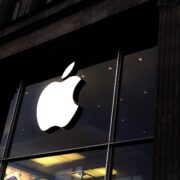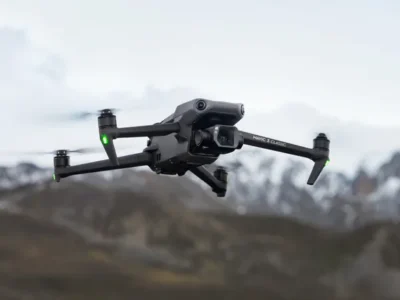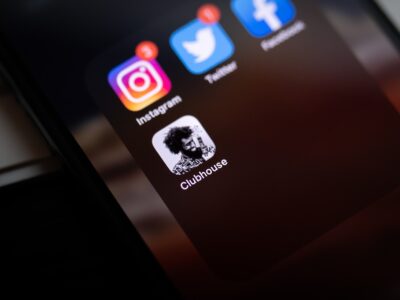Google is a big player with AV1 and is now setting its goal to make alternative video and audio formats that could replace Vision and Dolby Atmos.
According to the Protocol, Google is trying to introduce two new media formats to offer 3D audio and HDR video. “looking to introduce two new media formats to offer HDR video and 3D audio under a new consumer-recognizable brand without the licensing fees hardware manufacturers currently have to pay Dolby.”
Google is trying to provide better quality video by capturing these new formats, as spatial audio is a big thing in music.
According to the reports, Dolby has charged the license fee to the device makers who want to add Vision and Atmos support, which streaming services prefer as a premium feature.
For instance, “A manufacturer of streaming boxes that wholesale for $50 has to pay around $2 per unit for Dolby Vision and Dolby Digital, according to a document an industry insider shared with Protocol.”
Google is sharing its plans to set up the new media, Project Caviar, to build a broader and healthier ecosystem.
Google’s main focus is on YouTube for the project Caviar, and Dolby Atmos or Dolby Vision does not currently support this. Google is trying to bring other industry players on board, including services providers and device manufacturers. Since the company continued to begin working on royalty-free video codecs, Project Caviar is one of the best ambitious pushes.
Dolby’s Fees Can be Important For Manufacturers
Project Caviar is different from previous efforts and is not another codec. Project Caviar will allow more immersive media and rich experiences like Dolby Atmos and Dolby Vision doo because the main focus is on HDR video and 3D audio.
According to the protocol, Baliga did not mention the name of Dolby directly in his presentation about the project but still made clear that the company is looking to make alternatives to Dolby Atmos and Dolby Vision formats. “We realized that there are premium media experiences where there aren’t any great royalty-free solutions,” he said, adding that the licensing costs for premium HDR video and 3D audio “can hurt manufacturers and consumers.”
Dolby makes its maximum money through licensing fees from the hardware manufacturers. Dolby has not publicly disclosed the fees of licensing for Dolby Atmos. Dolby Atmos charges persons who want to add immersive audio to their Xbox consoles, but the fee has to be lower than $15 per license, “We realized that there are premium media experiences where there aren’t any great royalty-free solutions.”
A manufacturer of streaming boxes has to be around $2 per unit, with wholesale for $50 for Dolby Atmos and Dolby Vision. Baliga said during his presentation, “For lower-cost living room devices, the cost may be prohibitive.”
Baliga even said, “If we tried to monetize everything in this ecosystem, you would probably see a fraction of the brands you see today.”
Google is determined to push the industry to adapt Project Caviar, and Apple has shown support behind Dolby Atmos and Vision. The format has not gotten any support from Android phone manufacturers, which gives Google an opening to promote a royalty-free alternative with the primary focus on video capture.
Google has a lot of influence on the makers of streaming videos, smart TVs, and YouTube. Google has also worked to push companies like Roku to support the AV1 video codec. Google can again influence to advance Project Caviar.
Dolby can also have financial consequences, and the company makes a lot of money from legacy codecs. Dolby Atmos and Dolby Visions have always been the fastest growth in business. In 2021, Dolby Atmos made 25% of its revenue with it and Vision.






















Comments